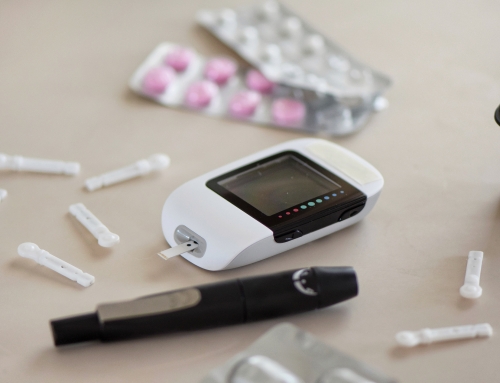Medicare is changing how it pays for dialysis, and this is expected to impact your care. These changes started in 2011 and will continue through 2016. This is a guide to what you need to know and what you can do to help ensure you continue to receive quality dialysis care during this transition period.
HOW WAS DIALYSIS PAID FOR TRADITIONALLY?
Dialysis treatments, injectable medications received in the clinic, laboratory tests and other items used to treat end stage renal disease (ESRD, also known as kidney failure) are paid for by Medicare Part B for most patients. However, before January 2011, some of these items were billed by the dialysis facility to Medicare as separate items for payment. For example, you may have seen on your Medicare Summary Notices (statements from Medicare that you receive in the mail at home) that Medicare made one payment for the dialysis treatment you received in the clinic and separate payments for things like syringes, Epoetin alfa (EPO), vitamin D, iron, etc.
Medicare Part B pays 80 percent of what the program determines each of these items should cost. Patients are responsible for paying the remaining 20 percent to their dialysis clinic. Some patients pay this money on their own; others have Medicaid, Medigap or other supplemental insurance plans to help pay this portion. This 20 percent is often referred to as your coinsurance responsibility and is listed on your Medicare Summary Notice as the amount you may be billed.
Oral medications you take outside of the clinic that are related to your kidney failure are often paid for by Medicare Part D. Examples of these medications include phosphorus binders and calcimimetics that are used to help control your body’s calcium, phosphorus, and parathyroid hormone levels (PTH).
WHAT IS A BUNDLED PAYMENT FOR DIALYSIS?
In a bundled payment, the costs of dialysis treatments, medications, labs and supplies are paid to the clinic by Medicare Part B in one payment rather than a separate payment for each item. Medicare still only pays 80 percent and patients’ coinsurance responsibility (or patient responsibility) is 20 percent.
WHAT IS INCLUDED IN THE ESRD BUNDLE?
Beginning in 2011, the current bundle includes your dialysis treatments, dialysis labs and injectable medications received during treatment like EPO, iron, and vitamin D. Also included is the pill form of these medications if one exists (most patients who receive their dialysis at home take the pill forms of iron and vitamin D).
Beginning in 2016, all other ESRD related oral medications that you now receive from your pharmacy will be included in the bundled payment (this includes phosphorus binders and calcimimetics).
HOW WILL I BE AFFECTED?
Copays and Coinsurance: The dollar amount of the Medicare payment to dialysis facilities includes all of the above mentioned items and services whether you use them or not. However, every patient’s cost of care may be different depending on factors like your age, body size and whether or not you have certain other illnesses. Since the Medicare payment is changing, your coinsurance amount may increase, decrease or stay the same. It is expected that the average patient will see a 1.2 percent increase in his/her copayments because of the inclusion of laboratory tests that a patient did not previously have to pay part of.
Lab Tests: Payment for all lab tests that are related to your dialysis care are included in the bundle. Labs relating to transplantation are not included. Since Medicare pays 80 percent of the bundle and you (or your secondary coverage) pay 20 percent, you will pay for labs that you previously did not have to. Lab tests ordered by your physician unrelated to your dialysis will not be a part of the bundle. You should not have a copayment associated with these labs because Medicare will pay the entire cost. However, you may still have the convenience of having other labs drawn in the dialysis facility.
WILL I STILL BE ABLE TO GET THE SAME MEDICATIONS I AM CURRENTLY TAKING?
Your physician will still be in charge of prescribing medications to you. However, since the dialysis facility will have to provide you with certain medications, there may be specific brands of medications your facil-ity prefers over others. As a result, your physician may suggest you try a different brand, dose or frequency.
HOW DOES THIS IMPACT ME IF I DO DIALYSIS AT HOME OR IF I’M CONSIDERING SWITCHING TO HOME DIALYSIS?
All dialysis supplies will be provided to you through your dialysis facility if you are on peritoneal dialysis (PD) or home hemodialysis (HHD). Previously, some patients worked directly with the supply companies to receive their equipment and supplies. If you are thinking about switching to a home modality like PD or HHD, you may discover that since the bundle was implemented, more dialysis facilities offer training on these care options. This is because facilities will now get paid more to provide home training, and it is often less costly for facilities if patients choose to do home dialysis.



